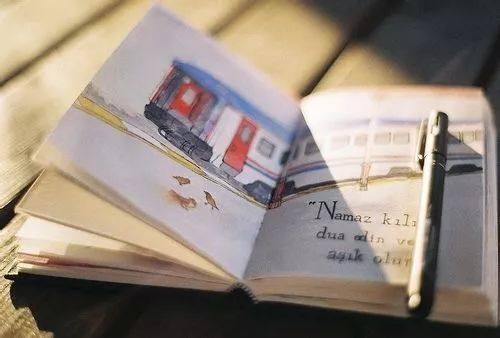一般疑问句是疑问句的一种。它是指用yes或no来回答的句子。其结构是:
系动词be/助动词/情态动词+主语+其他成分?
如:
Is this your pen?
Yes it is./No it isn’t.
注意:
1.将陈述句变为一般疑问句时,如句中有be 动词(am is are …)时,可直接将它们提至主语前。如主语为第一人称,应将其改为第二人称。如:
I’m in Class 2Grade 1. →
Are you in Class 2Grade 1?
We’re watching TV. →
Are you watching TV?
2.陈述句中有情态动词(can may must …)时,也可直接将它们提至主语前,即可成为一般疑问句。如:
He can swim now. →
Can he swim now?
The children may come with us. → May the children come with us?
3.陈述句中只有一个实义动词作谓语且其时态为一般现在时,变为一般疑问句时要在句首加do或does 主语后的实义动词用原形。如:
I like these animals. →
Do you like these animals?
She wants to go to the movies. → Does she want to go to the movies?
4.一般疑问句一般读升调(↑)
5.一般疑问句有时不用yes或 no 回答。
一、一般疑问句
一般疑问句也可称为 “yes / no questions”,因这种问句通常用yes / no来回答,相当于汉语中的“……吗?”其语序是:系动词be / 助动词/ 情态动词+主语+其他成分?如:
Are you from Japan?
Yes I am. / No I’m not.
Is her sister doing her homework now?
Yes she is. / No she isn’t.
Does he work in a bank?
Yes he does. / No he doesn’t.
Do you live near your school?
Yes I do. / No I don’t.
Can you speak French?
Yes I can. / No I can’t.
May I go home now?
Yes you may. / No you mustn’t.
注意:
1.将陈述句变为一般疑问句时,如句中有be 动词(am is are …)时,可直接将它们提至主语前。如主语为第一人称,应将其改为第二人称。如:
I’m in Class 2Grade 1. →
Are you in Class 2Grade 1?
We’re watching TV. →
Are you watching TV?
2.陈述句中有情态动词(can may must …)时,也可直接将它们提至主语前,即可成为一般疑问句。如:
He can swim now. →
Can he swim now?
The children may come with us. → May the children come with us?
3.陈述句中只有一个实义动词作谓语且其时态为一般现在时,变为一般疑问句时要在句首加do或does 主语后的实义动词用原形。如:
I like these animals. →
Do you like these animals?
She wants to go to the movies. → Does she want to go to the movies?
4.一般疑问句一般读升调(↑)
5.一般疑问句有时不用yes或 no 回答。如:
Are they in town now?
I think so.
May I sit here?
Certainly.
Does he like soccer?
Sorry I don’t know.
6. 一般疑问句的第一单词总是虚词,读的时候要读轻声。
do和does,have和has的用法
原文链接:http://94wz.top/2113.html,转载请注明出处。







评论0